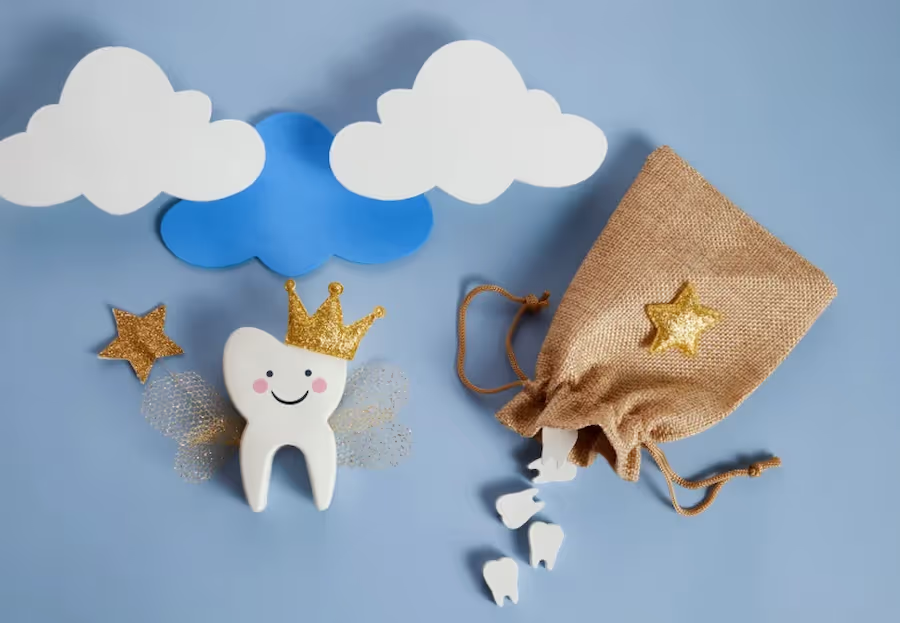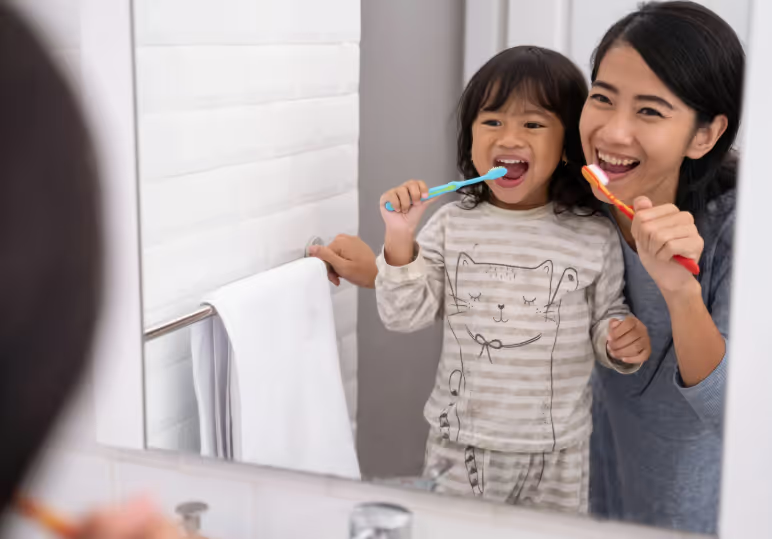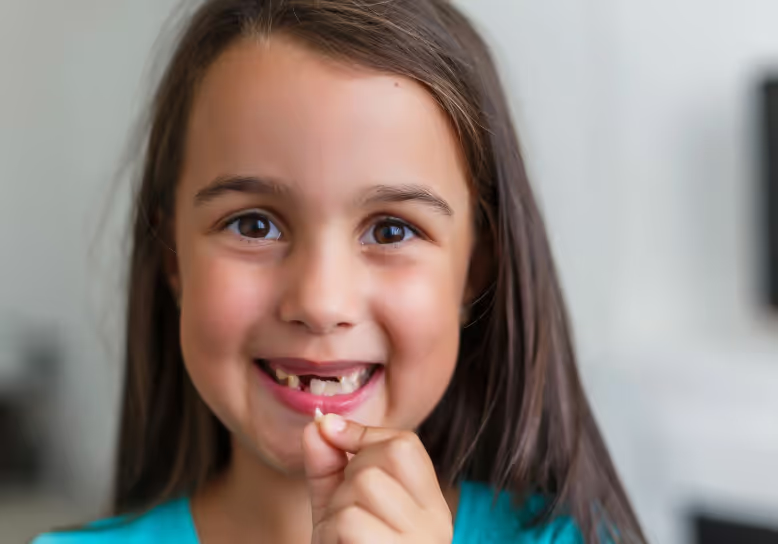The Tooth Fairy's Favorite Oral Hygiene Tips

Brushing Basics Even the Tooth Fairy Applauds
The Tooth Fairy has seen it all: toothpaste blobs the size of golf balls, 10-second speed brushing, and kids who think chewing on the toothbrush counts as effort. But when it comes to protecting those pearly whites, a solid brushing routine is where the real magic begins.
Here’s what she really wants parents to know:

Twice a Day - No Ifs, Ands, or Fairy Wings
Brushing in the morning kicks off the day with a clean slate (and fresher breath), but bedtime brushing is non-negotiable. That’s when sugar bugs are most excited to throw a cavity party. Brushing away the day’s snacks, milk, and sticky treats helps stop them in their tracks.
Tooth Fairy Tip: If your child resists brushing at night, try setting a timer and calling it a “two-minute sparkle challenge.” Or let them brush your teeth while you brush theirs! Sometimes a little role-reversal does wonders.
The Magic Number: 2 Minutes
It’s not just about brushing, it's about brushing long enough. Two minutes is the sweet spot to make sure all tooth surfaces get some love: front, back, and along the gumline.
For littles, a musical toothbrush, sand timer, or brushing app can make those two minutes fly by without you having to stand guard with a stopwatch.
Don’t Overdo the Toothpaste
For kids under 3, a tiny smear of fluoride toothpaste (about the size of a grain of rice) is plenty. Ages 3 and up can use a pea-sized amount. More isn’t better. It just leads to messy sinks and a greater chance of swallowing toothpaste instead of spitting it out.
Tooth Fairy Tip: Letting your child pick their own toothpaste flavor (bubblegum! strawberry! sparkly unicorn mint!) can help make brushing feel like a treat, not a chore.

Supervision is Not Optional
Even if your kiddo swears they brushed, it doesn’t mean they brushed well. Most kids need help or supervision until around age 7 or 8. Until then, think of it as teamwork: you guide, they practice.
The Floss Files: What the Tooth Fairy Wishes More Kids Did

Brushing gets all the glory, but the Tooth Fairy knows what lurks between the teeth and she’s not impressed. Even the sparkliest smile can be hiding plaque, food bits, and sneaky sugar bugs if flossing isn’t part of the routine.
Here’s how to help your child become a flossing pro:
Why Flossing Matters
Toothbrushes do a great job cleaning the surfaces of the teeth, but they can’t reach between them, especially where molars snuggle up against each other. That’s where flossing steps in. It helps prevent cavities between teeth (yes, that’s a thing!) and keeps gums healthy too.
Tooth Fairy Truth: A lot of cavities in kids form in tight spaces between the back teeth. If brushing is step one, flossing is the secret weapon.
When to Start? Earlier Than You’d Think
As soon as your child has two teeth that touch, it’s time to floss. That might be around age 2 or 3 and yes, that means you get to be the flosser for a while. Lucky you! Don’t stress about doing it perfectly; consistency is more important than technique in the early years. Floss once a day, ideally before bed.
Floss Picks Are a Game Changer
Tiny fingers + slippery string = frustration for everyone. That’s why floss picks or kid-friendly flossers can be a lifesaver. They come in fun shapes, colors, and even characters, making the whole process way less intimidating.
A Swish of Magic: Mouthwash and the Finishing Touch

If brushing and flossing are the Tooth Fairy’s dream team, mouthwash is the sparkly sidekick: a little swirl of extra protection that helps keep smiles fresh and sugar bugs second-guessing their stay.
But not all mouthwash is created equal, especially when it comes to kids. Here’s what the Tooth Fairy wants you to know before your child starts swishing like a pro:
Not Just a Fancy Breath Freshener
While minty breath is a bonus, the real goal of mouthwash is to fight plaque, strengthen enamel, and rinse away lingering germs. A fluoride mouthwash, in particular, can give teeth an extra shield against cavities. Think of it as fairy armor for enamel.
Tooth Fairy Tip: Always look for alcohol-free mouthwash made specifically for kids. Anything stronger might be too harsh (or way too spicy).
What Age Can Kids Use Mouthwash?
Most dentists recommend waiting until around age 6, when kids are usually able to swish and spit without swallowing. If you’re not sure whether your child is ready, try a water "practice round" first. If they can spit without gulping, they're probably good to go.
Less Is More
A small cup (usually about 10 mL, or two teaspoons) is all they need. Too much can feel overwhelming and might lead to spills or accidental swallowing.
Tooth Fairy Reminder: No eating or drinking for at least 30 minutes after using fluoride mouthwash. That way, the fluoride has time to do its job with no interruptions from late-night snacks.
Final Fairy Thoughts: Tiny Habits, Big Magic

The Tooth Fairy isn’t picky about perfect teeth, she just loves to see kids (and parents) trying their best. A good oral hygiene routine doesn’t have to be complicated or Pinterest-worthy. It’s about building habits, having fun, and turning everyday moments (like brushing before bed) into acts of care.
Whether your child is rocking their first wiggly tooth or gearing up for braces, you’re helping them create a foundation for a healthy, confident smile. And that? That’s the kind of magic the Tooth Fairy can really get behind.
Get Started Today
.avif)

